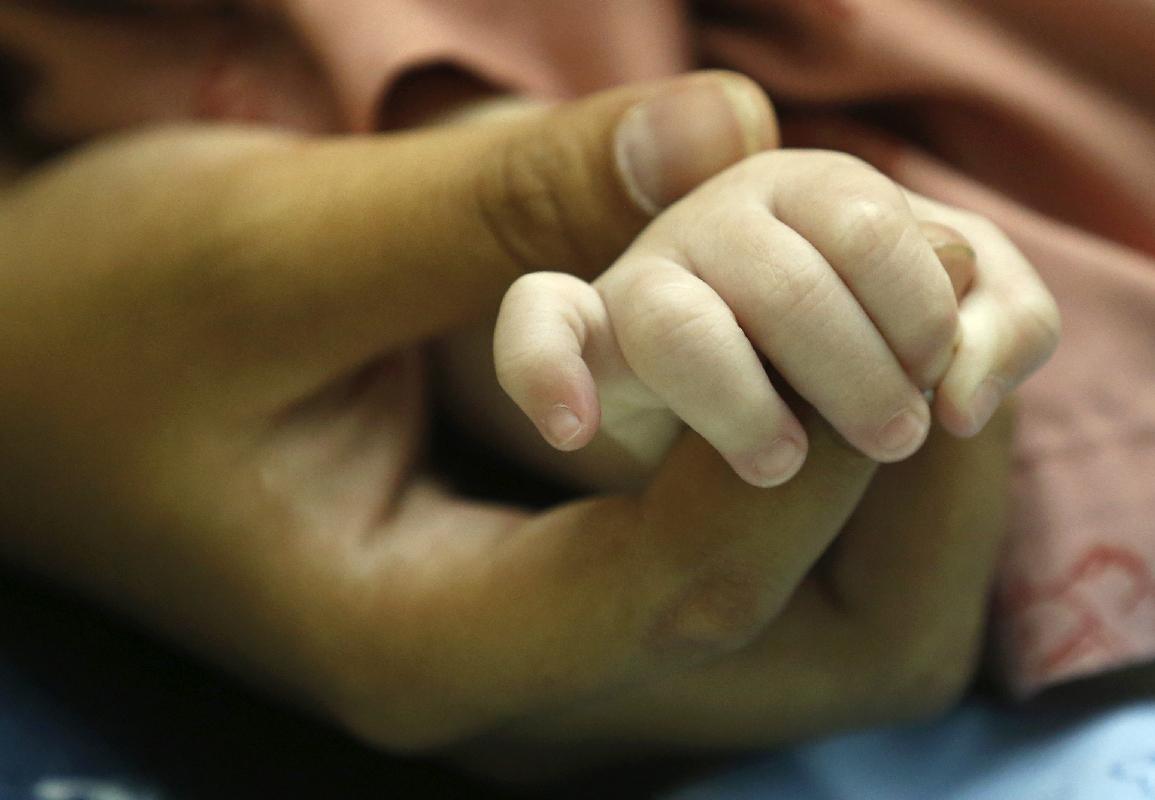To celebrate Statehood Day, we had a look at Slovenia through the prism of numbers by making a comparison between early 1990s, the time when Slovenia became independent, and mid-1960s.
One of the basic statistical data is population mobility. Tomaž Smrekar from the Statistical Office of the Republic of Slovenia notes: “An intensive trend can be seen. Slovenia had 1.6 million inhabitants in mid-1960s. The number then started rising due to migration for work. From the republics of former Yugoslavia, people from Bosnia and Herzegovina, Croatia and Serbia started coming. The gender ratio changed to some extent, too, as migrants were predominantly male, usually not being accompanied by their families.” In 1990, the population of Slovenia was almost exactly 2 million, and has risen by an additional 62,000 by 2015.
One of the most important indicators in any society is data about life expectancy:
Year Men Women
1965 65.5 72.7
1990 69.5 77.4
2013 76.9 83.1
The analysed time span has not only brought longer life expectancy, but also higher age of first-time mothers, which stood at 29 years in 2013. The numbers also show changes in terms of weddings. “Slovenia is one of the countries with the lowest number of weddings, measured by the number per 1,000 inhabitants. Today this index is 3 weddings per 1,000 inhabitants, which means about 6,500 weddings yearly. This is almost 10,000 fewer weddings than in 1965,” explains Tomaž Smrekar.
Same amount of work for cinema
The average Slovenian net salary in 2013 was 1,005 euros, which is quite a lot more than before the independence (43 euros), but to make the comparison more realistic, one needs to look at the average time spent working to be able to buy a certain product. “In 1991 an average worker had to work 15 minutes to earn enough for a kilogram of white flour, compared to 8 minutes in 2013, and the averages dropped also for a litre of milk (from 14 to 9), a kilo of potatoes (from 13 to 7) and a kilo of roasted coffee (from 4 hours and 40 minutes to 1 hour and 17 minutes). However, the same amount of work is still needed for a ticket to the cinema. In both periods, one had to work 53 minutes for this,” also points out the master of numbers.
Slavko Jerič, MMC; translated by K. Z.


































































